
What truly makes a great director? Is it merely the number of masterpieces they helm, or does it extend to their ability to innovate, push boundaries, and leave an indelible mark on the art form itself? As we embark on a journey through the annals of cinematic history, we uncover the visionaries who not only crafted unforgettable films but also reshaped the very language of storytelling, driving everyone on set—from actors to cinematographers—to deliver their absolute best work.
These are the artists who turn in fully realized masterpieces, creating distinctive styles that resonate across their entire catalogs. They are the ones who challenge perceptions, introduce new techniques, and inspire generations of filmmakers and audiences alike. Whether working in comedy, drama, western, noir, musicals, or even animation, their influence transcends genres and national borders, proving that true genius knows no limits.
Join us as we celebrate some of the most influential directors of all time, the titans who have dramatically increased film’s ability to tell stories, changing its style, subject matter, and sheer impact. Their unique points of view and relentless pursuit of cinematic excellence make them the true architects of our shared visual culture.
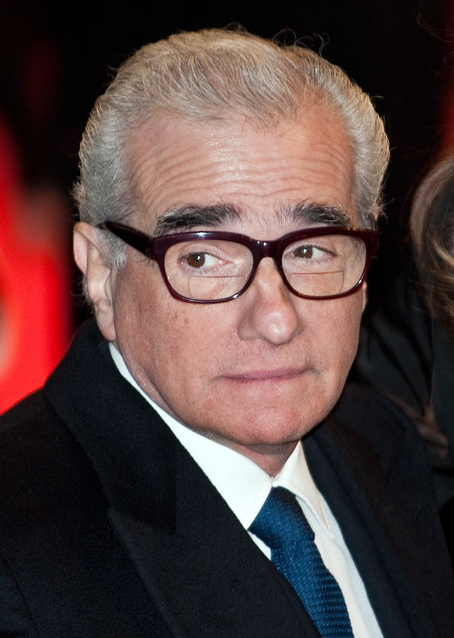
1. **Martin Scorsese**Martin Scorsese has been a towering figure in cinema since the 1960s and continues to be an active force in filmmaking at the impressive age of 82. His journey into directing began with short films while attending NYU’s Tisch School of the Arts. After directing *Who’s That Knocking at My Door* in 1967, his career took a significant turn when director Brian De Palma introduced him to Robert De Niro.
This introduction sparked one of the most iconic collaborations in film history, starting with *Mean Streets* in 1973. Scorsese and De Niro’s partnership would span five decades, resulting in an astonishing 26 full-length films. These include timeless classics like *Taxi Driver* (1976), *Raging Bull* (1980), *Goodfellas* (1990), and more recently, *Killers of the Flower Moon* (2023).
Scorsese’s work is characterized by its gritty realism, complex characters, and profound exploration of themes such as guilt, redemption, and the darker side of the American dream. Despite receiving 16 Oscar nominations, he has only won one for Best Director for 2006’s *The Departed*. However, his impact is perhaps best summarized by fellow directors; Sam Mendes, accepting his Golden Globe for *1917*, acknowledged that “There’s not one director in this room, not one director in the world, that is not in the shadow of Martin Scorsese.” His legacy is a testament to the power of personal storytelling, as Bong Joon-ho quoted Scorsese, saying, “When I was young and studying cinema, there was a saying that I carved deep into my heart, which is, ‘the most personal is the most creative.’”
Read more about: The 12 Most Confusing Movie Endings of All Time (Explained by the Directors)
2. **Howard Hawks**Howard Hawks is a name that might not immediately ring a bell for every household, yet film critic Leonard Maltin once aptly called him “the greatest American director who is not a household name.” This intriguing lack of widespread recognition might stem from Hawks’ incredible versatility; he didn’t adhere to a single, easily identifiable directorial style. Instead, he was a true chameleon, mastering nearly every genre he touched.
Hawks’ genius lay in his ability to execute impeccably well-made films across a vast spectrum of genres with an exacting cleanliness and precision. He started his career in the silent film era and seamlessly transitioned into “talkies” with the now-lost 1928 film *The Air Circus*. His filmography is a testament to his adaptability, featuring classics like the screwball comedy *Bringing Up Baby* (1938), the rapid-fire journalism drama *His Girl Friday* (1940), the intricate noir *The Big Sleep* (1946), and the iconic Western *Rio Bravo* (1959).
Though he never clinched an Oscar during his illustrious career, the Academy eventually recognized his immense contributions with a special award in 1975. The citation beautifully summarized his impact: “To a giant of the American cinema whose pictures, taken as a whole, represent one of the most consistent, vivid and varied bodies of work in world cinema.” Hawks’ legacy is one of understated mastery, proving that a director can leave an indelible mark by consistently delivering excellence, regardless of the genre.
Read more about: Masters of the Craft: 13 Veteran Directors Whose Unmistakable Visions Shaped Film History
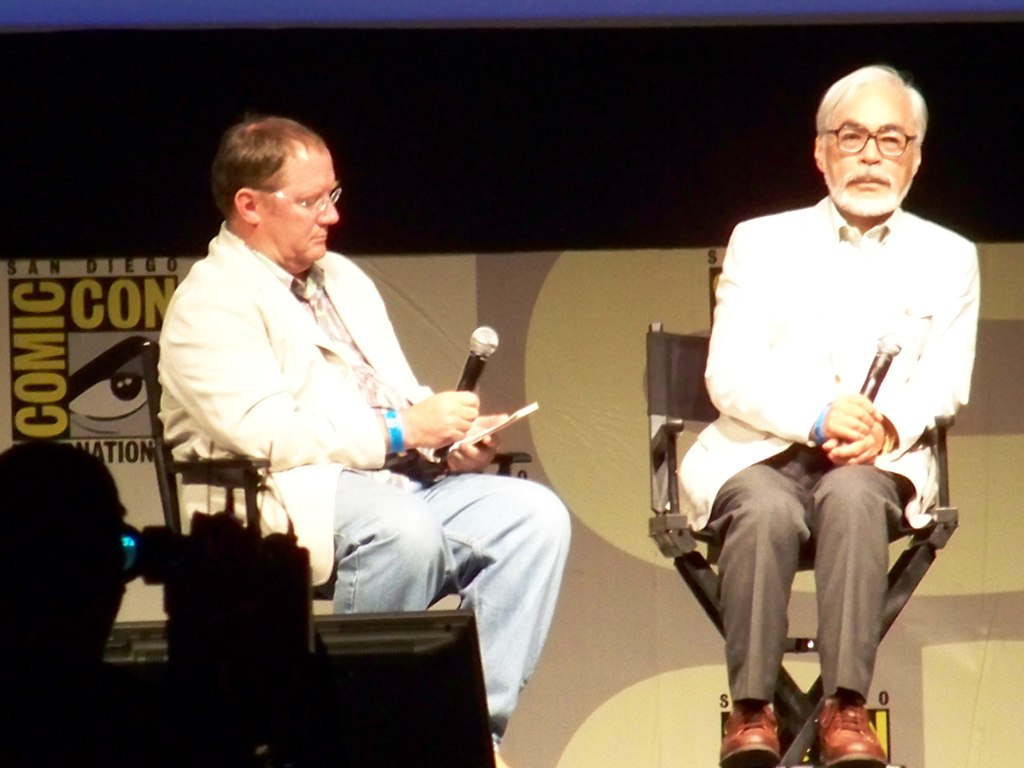
3. **Hayao Miyazaki**Few directors in the realm of animation have achieved the profound influence and artistic acclaim of Hayao Miyazaki. As a director, animator, manga artist, and co-founder of the legendary Studio Ghibli, Miyazaki has single-handedly proven that animated films are not merely for children but are powerful vehicles for complex storytelling and profound philosophical exploration. His unique vision captivated audiences first in Japan with beloved films like *My Neighbor Totoro* (1988) and *Kiki’s Delivery Service* (1989), before achieving global recognition.
Miyazaki’s work gained significant traction in the West after the release of the anime classic *Spirited Away* in 2001, which not only resonated deeply with critics and audiences but also secured him an Academy Award for Best Animated Feature. He later received another Oscar in the same category for *The Boy and the Heron* (2023), making him the only director to win two Best Animated Feature awards for non-English-language films.
His films consistently explore universal themes of feminism, environmentalism, and family, presented through dreamy plots and breathtaking visuals that transport viewers to extraordinary worlds. Miyazaki has been cited as an influential director by countless peers, and his distinctive style and narrative depth were even instrumental in prompting Disney’s renaissance in America, showcasing the global power and artistic merit of his animated masterpieces.
Read more about: Masters of the Craft: 13 Veteran Directors Whose Unmistakable Visions Shaped Film History
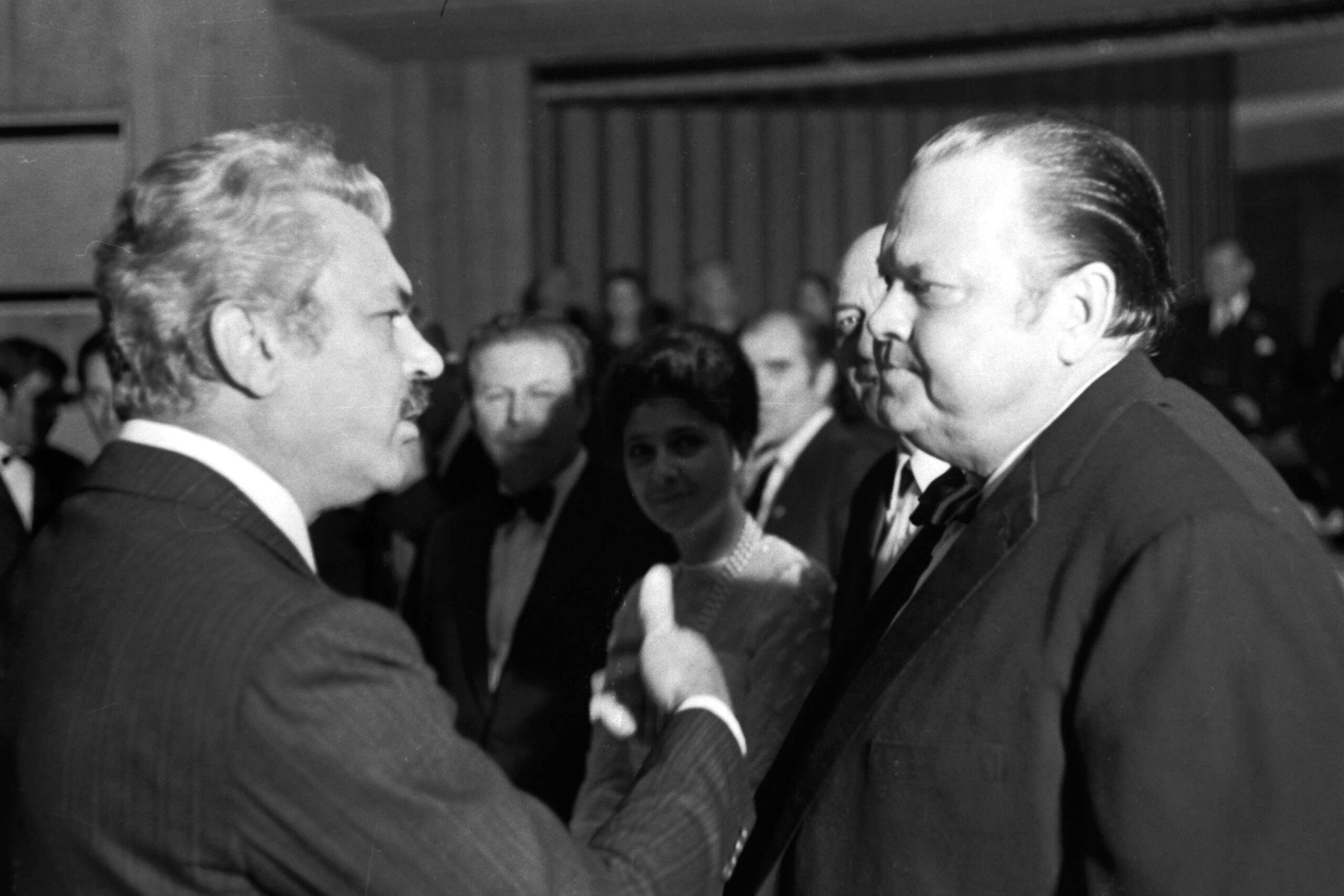
4. **Orson Welles**Orson Welles was a true polymath, making a name for himself not only as a film director but also in theater, radio, magic, and acting throughout his remarkable fifty-year career. While his most celebrated film remains his directorial debut, *Citizen Kane* (1941), a work often hailed as one of the greatest films ever made, his directorial output extends far beyond this single masterpiece, including films like *The Magnificent Ambersons* (1942), *The Lady from Shanghai* (1947), and *Touch of Evil* (1958).
Welles’s profound impact on cinema largely stems from his groundbreaking innovations in camera technique and visual storytelling. His films consistently pushed the technical limits of their time, developing new methods for presenting narratives. He is particularly renowned for pioneering deep focus, a revolutionary technique where the foreground, middle ground, and background are all kept in sharp focus simultaneously, allowing for incredibly rich and layered compositions.
Beyond deep focus, Welles was also notable for his masterful use of long shots. The opening shot of *Touch of Evil* (1958), for instance, famously clocks in at over 6 minutes—though it’s surprisingly not the longest in the film, which features another unbroken 12-minute shot later on. These daring technical choices allowed Welles to craft immersive and visually complex narratives, solidifying his legacy as one of cinema’s most innovative and influential directors.
Read more about: Masters of the Craft: 13 Veteran Directors Whose Unmistakable Visions Shaped Film History
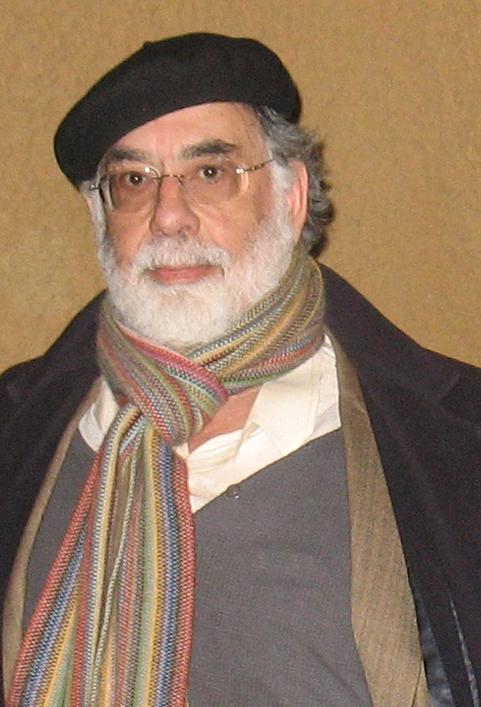
5. **Francis Ford Coppola**Francis Ford Coppola stands as one of the world’s most celebrated and awarded filmmakers, a true titan of the New Hollywood era. His extraordinary body of work has garnered him an impressive collection of accolades, including five Academy Awards, six Golden Globes, two Palmes d’Or from the Cannes Film Festival, and a British Academy Film Award. His influence on cinema is undeniable, marking him as one of the leading figures who redefined American filmmaking.
Coppola is best known for crafting epoch-making films that have become cornerstones of cinematic history. His magnum opus, *The Godfather Trilogy* (1972-1990), remains a benchmark for epic storytelling and character development. Beyond the Corleone saga, he also directed the visceral Vietnam War epic *Apocalypse Now* (1979) and the poignant coming-of-age drama *The Outsiders* (1983), showcasing his remarkable versatility and artistic depth.
After a period that included various commercial ventures, such as owning a winery, Coppola took a hiatus from directing after his 2011 film *Twist*. However, his passion for filmmaking endures, and he is currently working on an ambitious new film, *Megalopolis*, which is set to be released in late 2024. His enduring commitment to the art form, coupled with his unparalleled achievements, solidifies his place as one of the most significant directors to ever grace the silver screen.
Read more about: Hollywood’s Unscripted Dramas: 15 Roles That Forever Altered Actor Careers and Legacies
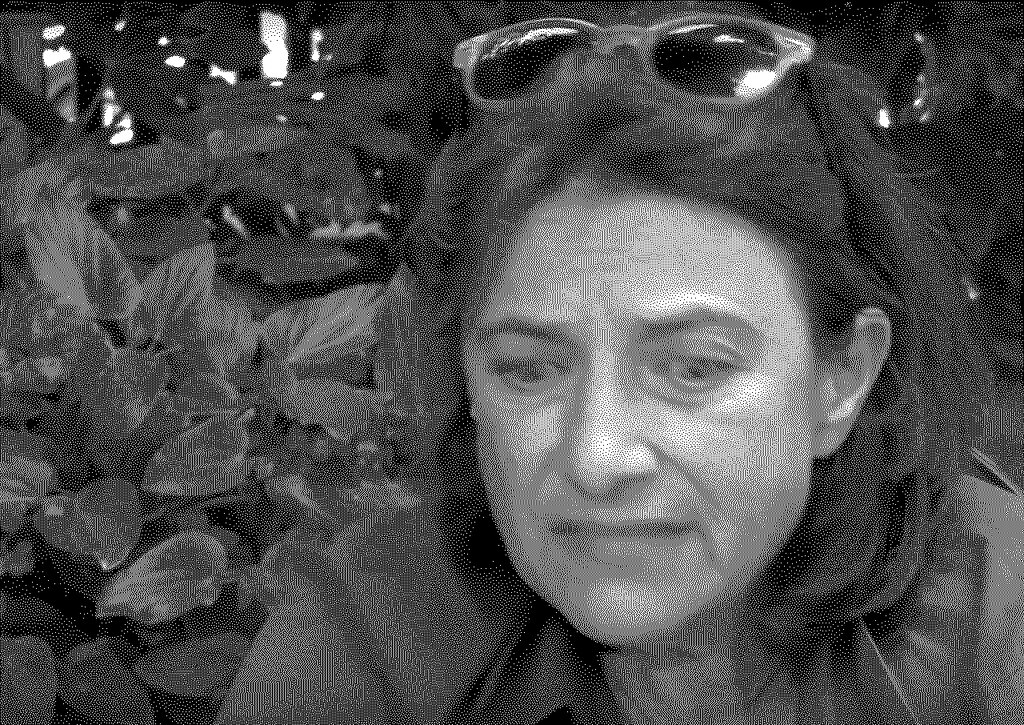
6. **Chantal Akerman**Chantal Akerman, the Belgian feminist avant-garde filmmaker, is widely celebrated for her profound and influential contributions to cinema, earning her the distinction of being a “director’s director.” Her seminal works, such as *Jeanne Dielman, 23 quai du Commerce, 1080 Bruxelles* (1975), *News from Home* (1976), and *Je Tu Il Elle* (1974), have left an indelible mark on cinematic theory and practice, inspiring countless filmmakers.
Akerman’s oeuvre extends beyond feature films, encompassing a diverse range of documentaries, thought-provoking art exhibitions, and captivating short films. Her innovative approach often challenged conventional narrative structures and explored themes of domesticity, identity, and the female experience with a radical honesty and observational rigor. Later in her career, she dedicated herself to nurturing future talent, serving as a professor of film and media.
In a landmark recognition of her immense legacy, Chantal Akerman became the first female filmmaker to top *Sight & Sound’s* prestigious list of Greatest Films of All Time in 2022. This monumental achievement underscores her groundbreaking vision and the lasting impact of her work, cementing her status as a crucial figure in the evolution of feminist and experimental cinema.
The previous section celebrated a constellation of directors whose work has profoundly shaped cinema, from gritty realism to avant-garde feminism. Now, we delve deeper into the pantheon of filmmaking, turning our attention to another six titans whose distinctive styles, cultural influences, and lasting legacies continue to resonate, examining how they have expanded the very language of visual storytelling and challenged our perceptions of the art form. These are the visionaries who, through their unique perspectives and relentless artistic pursuit, have not only created unforgettable films but also redefined genres and inspired countless generations of filmmakers.
Read more about: Masters of the Craft: 13 Veteran Directors Whose Unmistakable Visions Shaped Film History

7. **Federico Fellini**Emerging from the earnest post-World War II Italian neorealist movement, Federico Fellini charted a spectacularly unique course, ultimately defining a cinematic worldview so distinct it spawned its own descriptive term: “Felliniesque.” This iconic director, celebrated for films like *Nights of Cabiria* (1957), *La Dolce Vita* (1960), and the meta-cinematic masterpiece *8½* (1963), built a nearly five-decade career on a foundation of the magical, the mundane, and the exquisitely surreal.
Fellini’s journey into film began after dropping out of law school in Rome, where he first cut his teeth in radio before Roberto Rossellini introduced him to the neorealist scene. He co-directed his inaugural feature, *Variety Lights* (1951), with Alberto Lattuada. However, he is more remembered for his post-neorealist art films, which truly cemented his reputation.
This period led to an astonishing 17 Oscar nominations and a record four wins in the Best Foreign Language Film category. His films, including *Roma* (1972) and *Amarcord* (1973), are a vibrant tapestry where the realistic and the surreal intertwine, often evoking a sense of extravagant fantasy that captivated audiences worldwide. Sixty years on, *8½* remains arguably the greatest film ever made about the very act of filmmaking itself, a testament to Fellini’s enduring insight into the creative process and his imperial phase that stretched across decades.
Read more about: Masters of the Craft: 13 Veteran Directors Whose Unmistakable Visions Shaped Film History

8. **Satyajit Ray**Satyajit Ray, an Indian filmmaker of unparalleled renown, crafted a cinematic legacy deeply inspired by Italian neorealism yet uniquely his own. He rose to international prominence with *The Apu Trilogy* (1955–1959), a monumental achievement that showcased his meticulous editing, the thoughtful integration of classical Indian music, and his groundbreaking approach to casting actors from diverse backgrounds, lending his narratives an unparalleled sense of authenticity.
Ray’s distinctive style, characterized by profound humanism and a keen observational eye, garnered immense praise from fellow cinematic giants. The legendary Japanese director Akira Kurosawa famously declared, “Not to have seen the cinema of Ray means existing in the world without seeing the sun or the moon,” a powerful testament to the transformative impact of Ray’s work. Francis Ford Coppola and Christopher Nolan have also cited Ray as a significant inspiration.
Beyond *The Apu Trilogy*, Ray’s filmography boasts classics such as *The Music Room* (1958), *The Big City* (1963), and *Charulata* (1964), alongside the beloved *Goopy–Bagha trilogy*. In a fitting tribute to his lasting impact on Indian cinema, the International Film Festival of India posthumously named its annual Lifetime Achievement award after Ray, ensuring his auteur status and visionary storytelling continue to be celebrated and remembered.
Read more about: Masters of the Craft: 13 Veteran Directors Whose Unmistakable Visions Shaped Film History
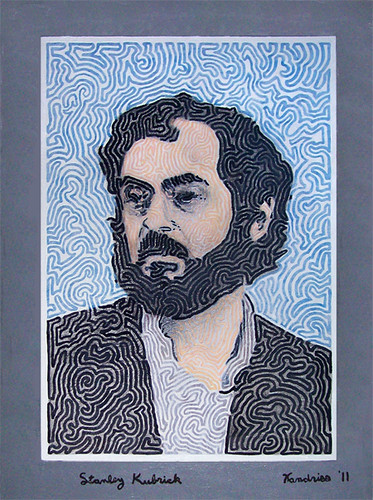
9. ****Stanley Kubrick, a name synonymous with cinematic perfection and intellectual depth, carved an undeniable legacy in film history, even if his exacting nature sometimes made him a challenging collaborator. Over his career, he directed thirteen theatrical films, each now considered a classic in its own right, from the searing satire of *Dr. Strangelove* (1964) to the dystopian future of *A Clockwork Orange* (1971), and the sprawling philosophical epic *2001: A Space Odyssey* (1968).
Kubrick’s commitment to pushing artistic boundaries was evident in every frame, often adapting literature to explore profound existential questions about humanity’s nature, insanity, and the cold logic of the universe. He famously stated that he found original screenplays less appealing because they denied him the surprise of an unanticipated ending, preferring to build upon existing narrative foundations. This meticulous approach made him the finest cinematic adaptor of literature.
Despite his immense critical acclaim and 13 Academy Award nominations, Kubrick surprisingly won only one Oscar for Best Special Effects for *2001: A Space Odyssey*. His directing style, particularly his iconic camerawork, precise framing, and often unsettling use of one-point perspective, has profoundly influenced countless directors. His films, including *Full Metal Jacket* (1987) and the posthumously released *Eyes Wide Shut* (1999), are routinely hailed as some of the most significant works of the twentieth century, embodying what has come to be known as “The Insanity Trilogy” alongside *Dr. Strangelove* and *A Clockwork Orange*.
Read more about: The Most Iconic Movie Quotes: 15 Lines That Defined Cinema
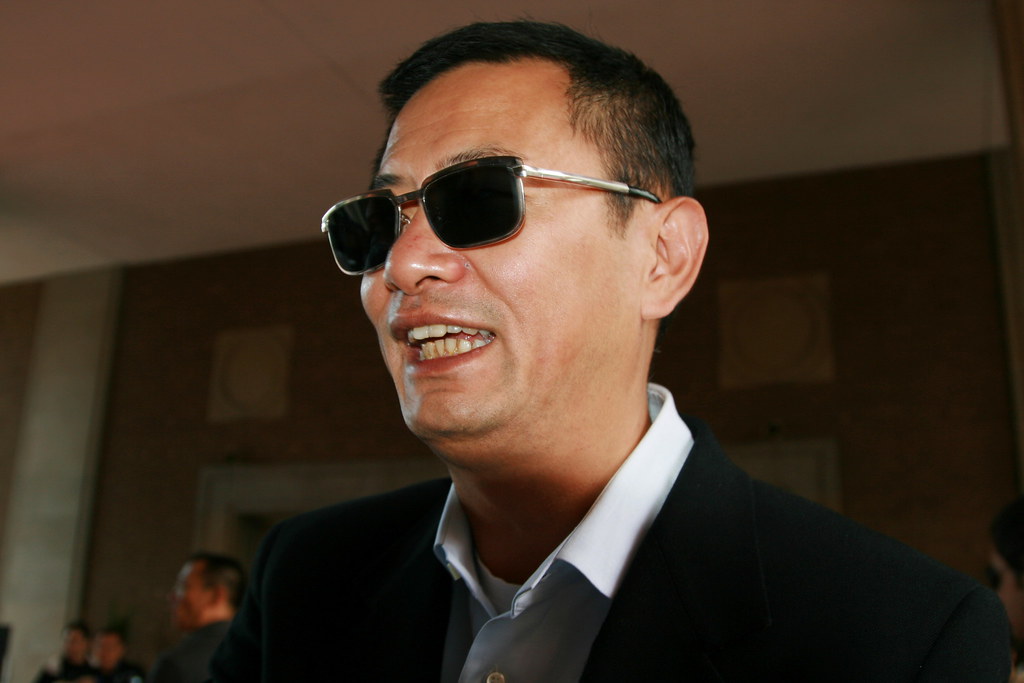
10. **Wong Kar-wai**While Wong Kar-wai started his career in TV, the Hong Kong-based filmmaker made his directorial debut with 1988’s *As Tears Go By*. He is best known for his films *Chungking Express* (1994), *Happy Together* (1997) and *In the Mood for Love* (2000). His unique visual and narrative lexicon quickly made an indelible mark on global cinema.
Wong’s cinematic signature is instantly recognizable and has profoundly influenced a diverse array of contemporary directors, including Quentin Tarantino, Alejandro González Iñárritu, The Daniels, and Barry Jenkins. His films are celebrated for their non-linear, fragmented narrative structures, bold and richly saturated color palettes, the evocative use of pop music, and frequent employment of “step-printing,” a visual effect that alters film rates to create a dreamlike, almost ethereal quality.
A master of atmosphere and emotion, Wong Kar-wai’s work often explores themes of longing, memory, and unspoken connections within urban landscapes. His ability to fuse aesthetic innovation with deep emotional resonance ensures his films are consistently placed on “best of” lists worldwide. As Ty Burr of the Boston Globe eloquently put it, “Wong stands as the leading heir to the great directors of post-WWII Europe: His work combines the playfulness and disenchantment of Godard, the visual fantasias of Fellini, the chic existentialism of Antonioni, and Bergman’s brooding uncertainties,” underscoring his unparalleled blend of artistry and influence.
Read more about: Masters of the Craft: 13 Veteran Directors Whose Unmistakable Visions Shaped Film History
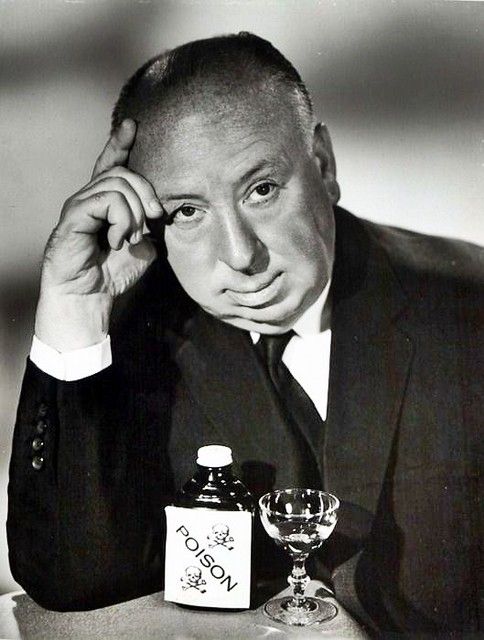
11. **Alfred Hitchcock**The “Master of Suspense,” Alfred Hitchcock, orchestrated over fifty films during his illustrious, decades-long career, forever shaping and defining the thriller, suspense, and horror genres. While his directorial legacy is complex, notably marred by accounts of his challenging behavior towards female leads, his innovative approach to filmmaking remains a cornerstone of cinematic study.
Hitchcock began his journey in British silent cinema, and his groundbreaking 1929 film *Blackmail* holds the distinction of being Britain’s very first “talkie.” After moving to Hollywood in the late 1930s, he made *Rebecca* (1940), which earned him the first of his five Academy Award Nominations for Best Director. He went on to make classics like *Suspicion* (1941), *Dial M for Murder* (1954), *Rear Window* (1954), *Vertigo* (1958), *North by Northwest* (1959), *Psycho* (1960) and *The Birds* (1963).
Hitchcock’s enduring influence is encapsulated by the term “Hitchcockian,” which describes films employing his signature techniques: intricate plot twists, restricted action to heighten tension, symbolic darkness, the strategic use of “MacGuffins” (plot devices that drive the story), and, most notably, voyeurism, often achieved through camera movements that mimic a character’s gaze, drawing the audience into the psychological drama with unparalleled intensity.
Read more about: Avoid These 15 Movies: A List of Notorious Film Flops
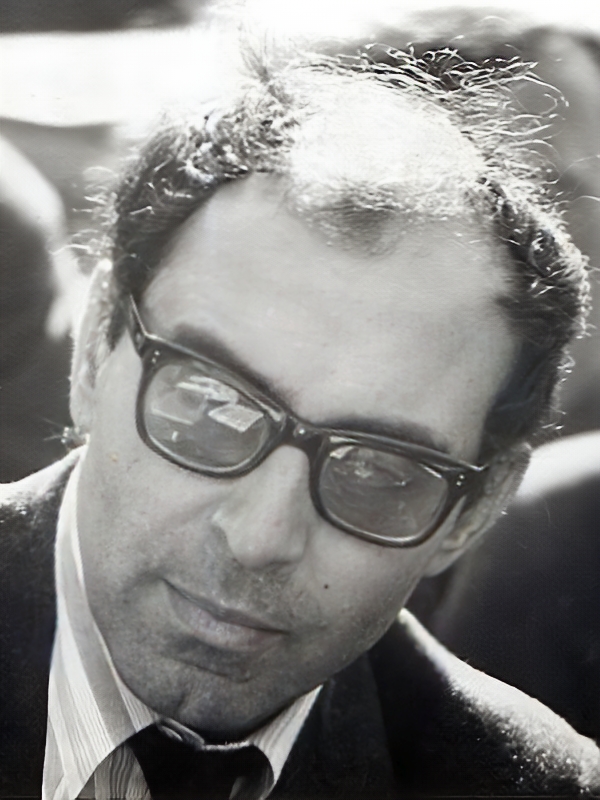
12. **Jean-Luc Godard**Another pillar of the French New Wave, Jean-Luc Godard was arguably the most influential, a director who radically reimagined the very grammar of cinema. The Swiss-born auteur fearlessly experimented with narrative convention, continuity editing, sound design, and camerawork, famously employing jump cuts and breaking the fourth wall to dismantle traditional storytelling structures. His revolutionary debut, *Breathless* (1960), not only ushered in the *nouvelle vague* but also profoundly influenced the New Hollywood era of the 1970s.
Godard’s unconventional approach extended to his working methods; he was notorious for giving his actors immense freedom, allowing them to explore their performances, and often began filming with deliberately unfinished scripts, embracing improvisation as a key component of his creative process. This rebellious spirit ensured that his films were always fresh, challenging, and utterly unpredictable.
His prolific filmography includes landmark works such as *Vivre sa vie* (1962), *Contempt* (1963), *Band of Outsiders* (1964), *Alphaville* (1965), *Weekend* (1967), and *Goodbye to Language* (2014). Film critic Roger Ebert perfectly summarized Godard’s monumental impact, stating, “Godard is a director of the very first rank; no other director in the 1960s has had more influence on the development of the feature-length film,” solidifying his status as a relentless innovator whose vision continues to inspire and provoke, long after his passing.
Read more about: Masters of the Craft: 13 Veteran Directors Whose Unmistakable Visions Shaped Film History
From Fellini’s fantastical realms to Godard’s revolutionary deconstruction of film, these directors have each left an indelible imprint on cinema, proving that the most profound stories often arise from the most distinctive voices. Their unwavering commitment to innovation, their unique visual lexicons, and their daring narrative choices have not only broadened the scope of what film can achieve but also cemented their places as true giants whose work continues to inform, entertain, and inspire us to look beyond the frame.



